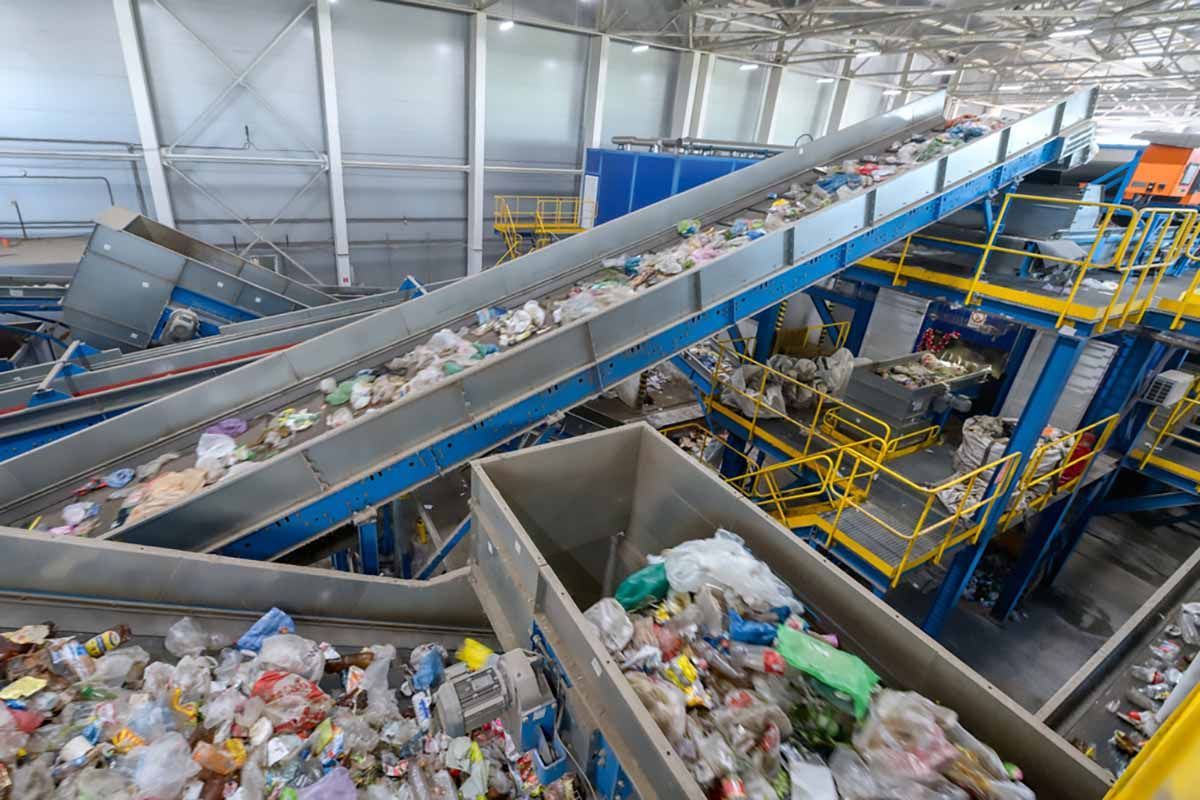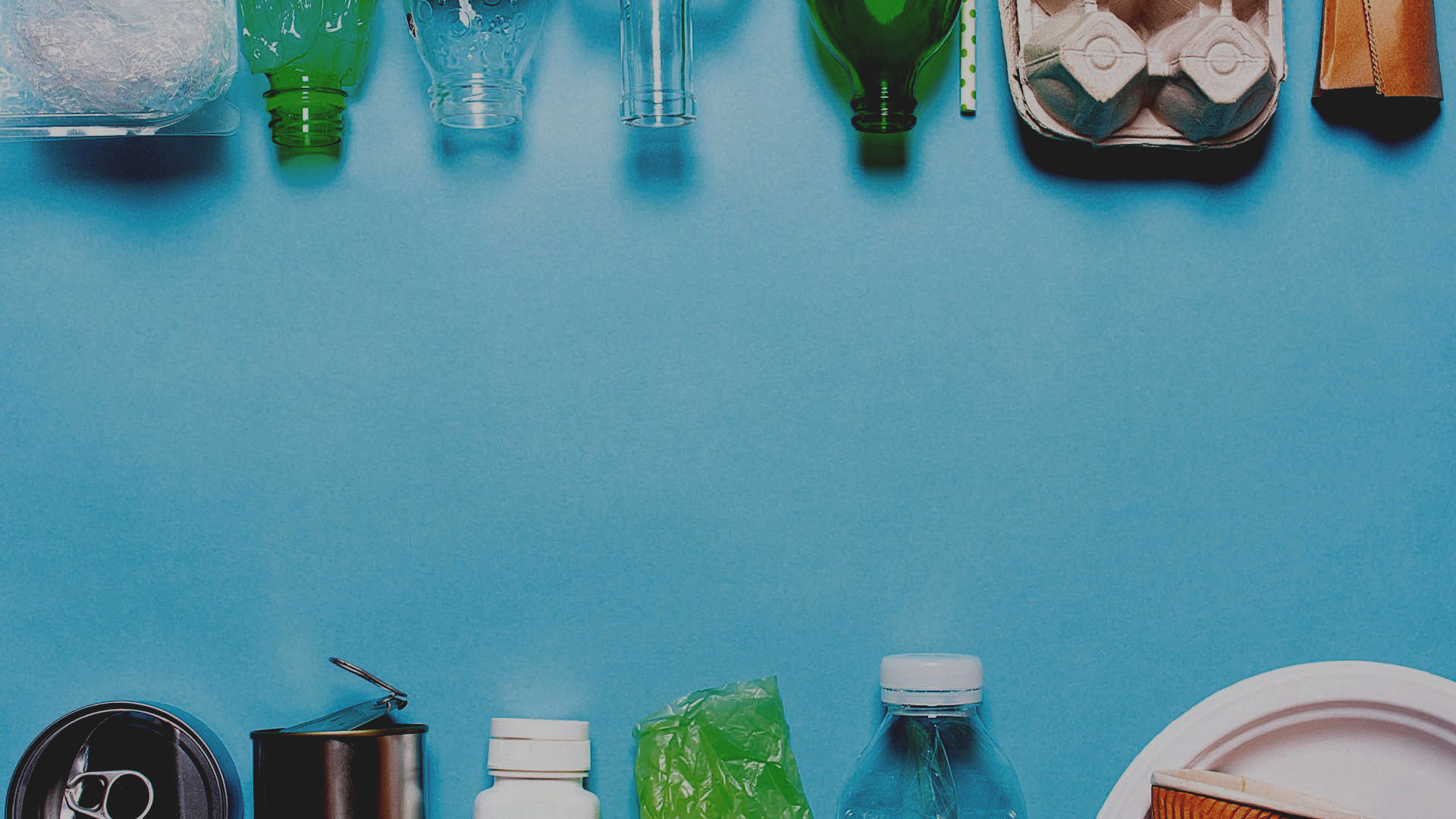Slowing Down Fast Fashion with Sustainability
December 31, 2018
For this guest blog post, written by Meghan Stirpe, we will be sharing some research from PACT organic clothing. Using information from their research and advocacy team, we assembled an advice piece to discuss the importance of sustainable fashion and environmental awareness within the global clothing industry.
In the past, fashion brands would release 4-6 collections that usually correlated with the seasons. Today, many brands participate in fast fashion, a term that can be used to describe most of the clothing sold at common retailers in local malls. Fast fashion means retailers are creating and mass-producing styles quickly and in large quantities to keep customers shopping for new styles frequently, and not just when the seasons change. This mass production also means that clothing is more affordable, encouraging the consumerism that has caused clothing and textiles to become the second largest pollutant in the world behind oil and gas.
Recently in a NERC Blog, Product Stewardship Institute’s CEO Scott Cassel discussed textile pollution. Cassel shared that 83% of used textiles – including clothing, shoes, belts, and accessories – are disposed in the garbage, despite the ability for many of these items to be recycled and reused.
What happens to clothes after they are tossed in the garbage? The U.S. alone sends 13 trillion tons of clothes to landfills where they sit for 200 years, according to Ayesha Barenblat, founder of Remake. Over time, the clothes can leak chemicals and dyes into the ground, which has a profound negative impact on our earth.
As a consumer, you may be wondering what you can do to help reduce this enormous amount of waste from hurting the environment. Conveniently, you have the ability to effect change well in advance before disposing a piece of clothing. In fact, by understanding how clothes are manufactured responsibly, you can make smarter and greener purchases; you can also learn about options for recycling your clothes, and keep your shopping habits sensible and environmentally-friendly.
Sustainably Manufactured Clothing
Man-made materials are thought to be the first culprit when people think of clothing that disregards environmentally-friendly practices. It requires an enormous amount of energy to produce man-made (synthetic) fabrics like polyester, which generates toxic emissions and relies on the use of crude oil and other non-renewable energy resources. However, “natural” fabrics can leave a footprint on the environment as well. Although cotton is a versatile fiber used to manufacture clothing, it also has considerable environmental implications when farmed conventionally.
Cotton is grown globally, with China, India, and the United States being the leading producers. Conventionally-grown cotton uses pesticides and other chemicals to help it grow; accounting for roughly one quarter of all the pesticides used in the U.S.
To combat the frequent use of pesticides, a number of textile manufacturing companies have started sourcing organic cotton to produce their clothing. According to the Textile Exchange 2016 Organic Cotton Market report, harvesting organic cotton in the 2014-2015 season saved 218 billion liters of water and 315,030 kilograms of hazardous pesticides compared to conventional cotton.
Textile manufacturers are taking note! More companies than ever before are making the investment and focusing on environmental and customer health through the adoption of transparent policies on material sourcing and manufacturing. Today, companies are producing clothing that is Fair Trade and Fair Labor Certified, up to the Global Organic Textile Standard (GOTS), and adheres to the Responsible Wool Standard. Each certification and environmental standard that textile manufactures invest in and support helps farmers and companies apply best practices when it comes to farming techniques, technology, animal treatment, and textile manufacturing.
How to Shop Smarter
Shopping smarter starts with purchasing fewer items of higher quality. Investing in slow fashion helps money go farther because the clothing is designed to last longer. A great way to implement this practice is to consider building a capsule wardrobe, which transforms a few high-quality staple pieces into dozens of unique and sustainable outfit combinations.
Another way to shop smarter is to shop with companies who are, in fact, certified by some of the previously mentioned organizations. For example, PACT is an organic clothing company that has a mission to “create the comfiest clothes in the world without destroying the earth, or harming people.” With a goal like this, PACT joined forces with Fair Trade factories to source organic cotton and other sustainable fibers for their clothing products.
Among other companies that invest in sustainable practices, Patagonia shares their sustainability promises that also promote recycling and reuse. The Worn Wear store section of their site sells used Patagonia gear that has been refurbished for resale. Patagonia asks customers to share their #WornWear stories, while encouraging them to repair their own gear with Patagonia’s Repair & Care resource section-- a practice that truly makes clothing last longer.
Lastly, label shop. When shopping, look for labels that highlight their sustainability efforts, materials and sources: labels with certifications such as the Organic Exchange (OE), the Global Organic Textile Standard (GOTS), or Responsible Wool Standard (RWS). If you’re shopping online, the company’s established corporate and environmental policies within their “about” page is a great place to learn more about their manufacturing and recycling standards.
How to Recycle Your Clothing Responsibly
There will come a time in the clothing lifecycle where it will no longer be of use to you. When it’s time to part with your clothing, here are a few ways you can recycle or reuse it responsibly.
- Sell
- Upcycle
- Donate
Check with your local second-hand shops and consignment stores for opportunities to resell unwanted clothing. The Council for Textile Recycling has a searchable database of textile donation/recycling locations around the US. A web search will yield lots of ways that used clothing can be repurposed or upcycled into “new” items. Remember, even worn or stained clothing, as long as it is washed and dried, can be recycled through charitable organizations including Planet Aid, Goodwill, and Salvation Army.
Meghan Stirpe is an environmental advocacy researcher within the fashion and textile industry. Her efforts are focused on raising awareness about the impact of fast fashion on the environment and textile industry. Working with environmentally-conscious community leaders, she helps encourages individuals to make sustainable purchases, recycle used items, and volunteer. In her free time, Meghan enjoys camping, hiking, and exploring the great outdoors.
NERC welcomes Guest Blog submissions. To inquire about submitting articles contact Athena Lee Bradley, Projects Manager at athena(at)nerc.org. Disclaimer: Guest blogs represent the opinion of the writers and may not reflect the policy or position of the Northeast Recycling Council, Inc. This is not a paid or sponsored collaboration.
Share Post





